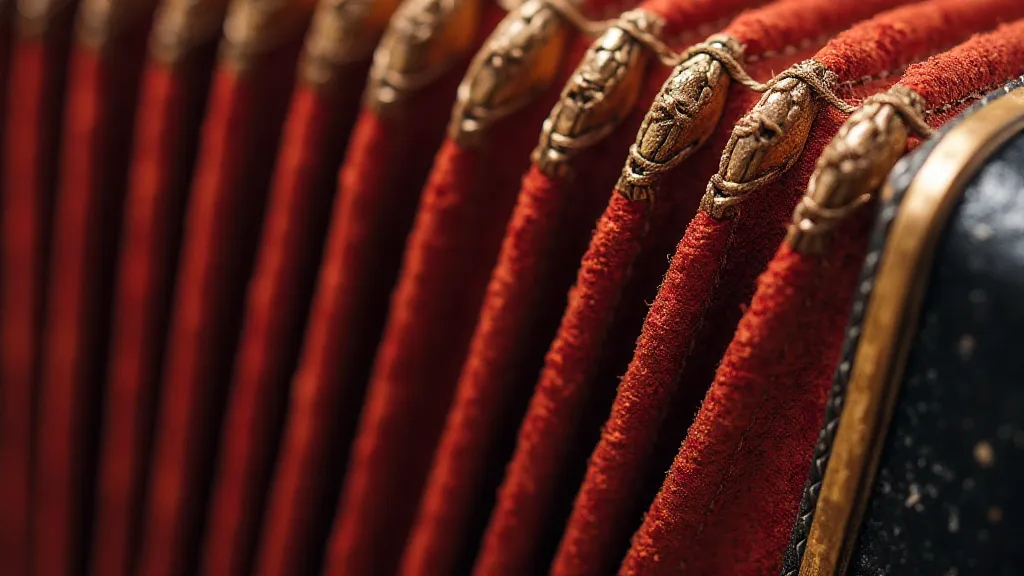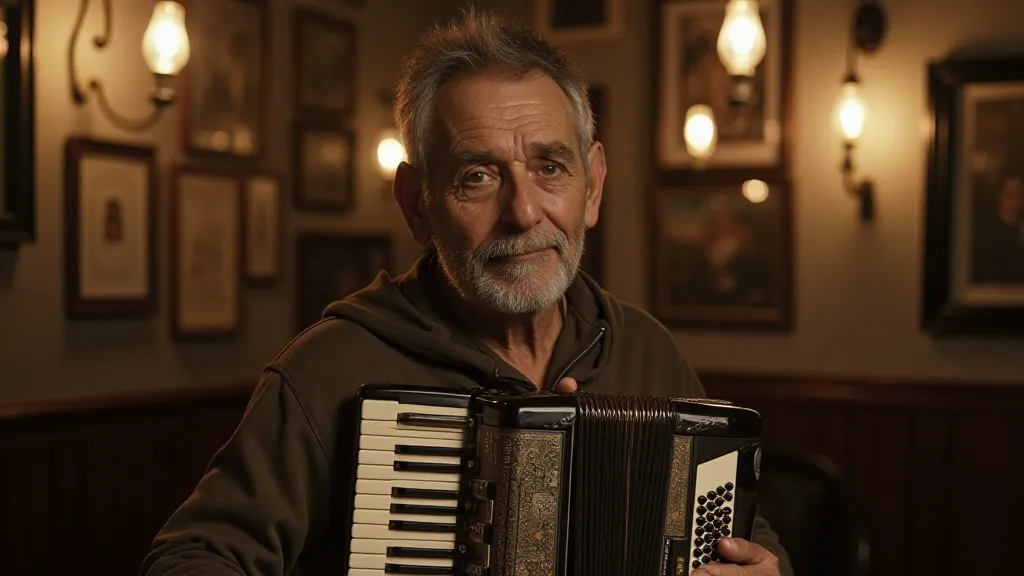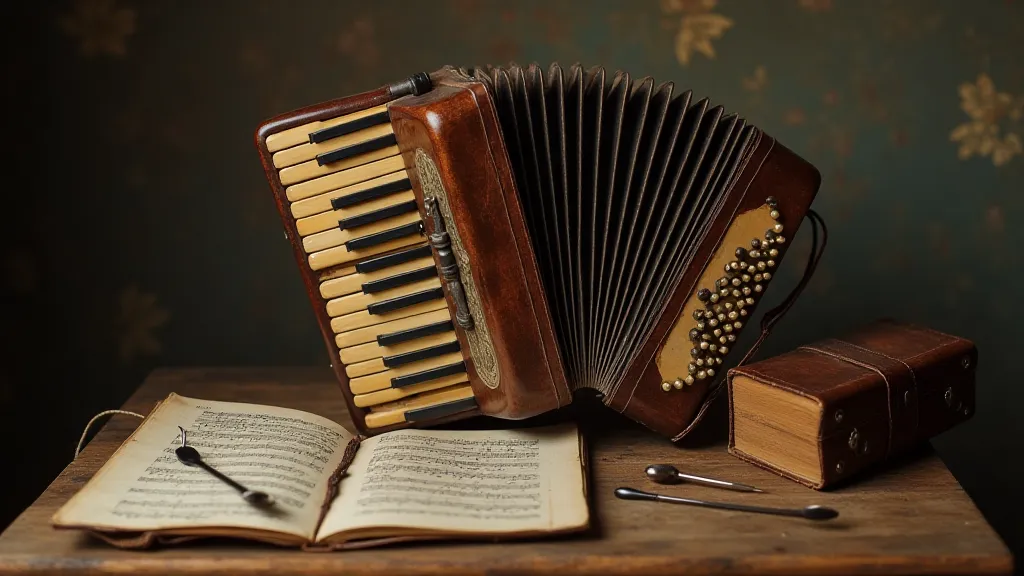Instruments as Storytellers: Decoding the Symbolism Etched into Timbre
The world’s musical heritage isn't simply about melody and rhythm; it's a tapestry woven with threads of history, mythology, and profound cultural significance. Consider a traditional musical instrument – not just as a device for producing sound, but as a tangible embodiment of a community's identity, a vessel carrying stories across generations. These aren't mere tools; they are storytellers in their own right, their construction and decoration imbued with symbolic meaning that speaks volumes about the values, beliefs, and narratives of the people who created and played them. This article delves into the fascinating relationship between instruments and culture, focusing on the ways materials, form, and craftsmanship become potent forms of storytelling.
The Wood Whispers: Material as Narrative
The choice of materials for an instrument is rarely arbitrary. In many cultures, specific woods are believed to possess inherent spiritual qualities. Cedar, for example, revered for its aromatic qualities and perceived connection to the spirit world, frequently finds its way into the construction of flutes and drums among indigenous communities. The grain of the wood itself can be seen as a reflection of the natural world, its imperfections celebrated as evidence of authenticity and connection to the earth. Even the scarcity of certain materials can influence an instrument's status; a dulcimer crafted from a particularly rare type of cherry wood, for instance, might signify prestige or be reserved for ceremonial occasions. The selection and treatment of these woods are often part of complex rituals reflecting a profound understanding of the whispers of wood and how forest ecology shapes traditional instrument craft.
I remember once being told a story by an elderly accordion maker in the Black Forest region of Germany. He spoke of his grandfather, who carefully selected each piece of wood for his instruments. “He wasn't just looking for something straight and strong," he explained, "He was listening to the wood. He believed each tree had a voice, and he sought the voice that best suited the instrument he intended to create.” It was a profoundly poetic sentiment, highlighting a deep respect for the natural world and an understanding that the material itself possessed a story to tell.
Think about the didgeridoo, the iconic wind instrument of Indigenous Australians. Crafted from eucalyptus trees hollowed out by termites, its very creation is a testament to resourcefulness and a symbiotic relationship with nature. The natural contours and imperfections left by the termites become integral to the instrument's unique voice, a constant reminder of the power and wisdom of the land.

Form and Function: The Shape of Belief
Beyond the materials, the form of an instrument often reflects cultural beliefs and aesthetic preferences. The long, slender form of a Japanese shakuhachi flute isn't merely dictated by acoustics; it’s associated with Buddhist ascetic practices and a connection to the natural world. The curves of a West African kora (a harp-like instrument) echo the shape of a woman's form, symbolizing fertility and abundance. The very posture required to play these instruments can reinforce social hierarchies or spiritual practices. The ways these instruments have transitioned through time, reflecting broader societal shifts, often demonstrates from royal courts to village squares.
Consider the elaborate ornamentation found on many Andean panpipes, known as zamponas. These carvings often depict animals, mythical creatures, or scenes from local legends, transforming the instrument into a miniature work of art that transmits cultural narratives. The arrangement of the pipes themselves, often mimicking mountain ranges, reinforces the instrument’s connection to the landscape.
The Accordion's Song: A Melancholy Inheritance
The accordion, a relatively "modern" instrument compared to many others we’re discussing, holds a particularly poignant story. Born from the merging of European and folk traditions, its construction is a testament to cultural exchange. The bellows, the heart of the instrument, visually represent the interplay of breath and pressure, embodying the cyclical nature of life. The keys and buttons, arranged in complex patterns, offer a tangible map of musical scales and harmonies, requiring a deep understanding of musical structure.
My grandfather played the accordion. I remember the melancholy tunes he would play in the evenings, songs that seemed to carry the weight of generations. It wasn’t just the music itself that moved me, but the instrument’s visible age—the worn keys, the scuffed bellows—each imperfection a record of countless performances and shared moments. The accordion, in his hands, wasn't just an instrument; it was a conduit to his ancestors, a living embodiment of family history. The development of musical instruments, especially in times of conflict, has demonstrated how political upheaval and its effect on musical instrument design can be a complex and revealing process.
During periods of social upheaval and migration, the accordion often became a powerful symbol of cultural identity and resilience. The instrument’s portability allowed musicians to carry their traditions across borders, preserving and sharing their heritage in new and unfamiliar environments. The "trio" ensembles – accordion, guitar, and bass – common in many Latin American countries, became powerful vehicles for expressing social commentary and political resistance. Its adaptability also meant it reflected the changing values of the communities it served.

Craftsmanship and Conservation: Preserving the Voices of the Past
The intricate craftsmanship involved in creating these instruments is a dying art. In an age of mass production, the skills and knowledge passed down through generations are at risk of being lost. Restoring vintage instruments isn’t just about repairing physical damage; it’s about preserving a cultural legacy. Understanding the original materials and construction techniques is crucial to ensuring that these instruments continue to resonate with authenticity. The knowledge held by master craftsmen, the subtleties of their techniques, and the philosophies underpinning their artistry are invaluable assets. The ways in which these craftspeople interact with their materials and the instruments they create frequently provide vital clues about the broader cultural context from which they originate.
For collectors and enthusiasts, these instruments aren't just valuable artifacts; they are living connections to the past. The subtle nuances in tone and feel, the visible signs of wear and tear—these are the qualities that make each instrument unique and irreplaceable. Recognizing the symbolic significance of these instruments is vital for appreciating their true value. The importance of passing down not only the physical instrument but also the stories and traditions associated with it cannot be overstated. The skill needed to craft them is often intertwined with a deep understanding of history and culture.
Beyond the Sound: A Legacy of Storytelling
Ultimately, the true power of a traditional musical instrument lies not just in its ability to produce sound, but in its capacity to embody cultural narratives and transmit them across generations. Each carefully chosen material, each intricate carving, each subtle imperfection—these are the elements that transform an instrument from a mere object into a vessel of storytelling. By understanding the symbolism etched into the timbre of these instruments, we gain a deeper appreciation for the rich tapestry of human culture and the enduring power of music to connect us to the past. Music is a universal language, but the specific intonations and expressions vary significantly across cultures. The techniques and approaches used by musicians reflect these cultural differences, often revealing deeper insights into the values and beliefs of the communities they represent. The way a bow is held, the way fingers pluck a string – these seemingly small details can speak volumes about a musician's cultural heritage. Consider the silent language of bows and the nuances it holds.






